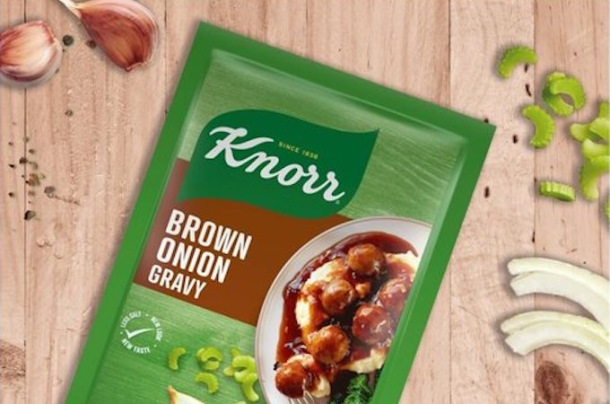EU system for pork imports to SA
As consumer preferences differ and the demand for low fat meat and meat products increases, the European Union (EU) has implemented a unique system to guarantee high quality of meat that is brought to South Africa.
The pork carcase classification system - (S)EUROP - was introduced in EU countries in 1984. Classification of carcase is based, among other things, on modern computer technology, involving needle measurements of backfat thickness in certain parts of carcase and further calculations of lean meat content. Percentage of meat in a carcase - also referred to as meat content - is defined as percentage of overall striated muscle weight in relation to the total carcase weight.
It is important to carry out these measurements no later than 45 minutes after slaughter and only authorised classifiers are allowed to carry out this evaluation of meat content.
Pork that is imported from Europe is marked with a letter which stands for the appropriate class or details of the percentage of lean meat content held within the cut. Each letter will signify the quality of the cut and as a result, the best possible use for that particular purchase. This classification is mandatory in European slaughterhouses, which slaughter over 200 animals per week, and which slaughtered over 10 400 pigs during their last operational year.
The class letters and their commercial uses are as follows:
- Class S: High quality: This class of meat is not commonly available for sale. It is produced only on special requests and contains more than 60% of lean meat;
- Class E: Great culinary usability: Class E pork contains 55% to 60% of lean meat. Layer of backfat in pork carcase of class E should not be thicker than 12mm;
- Class U: Very good quality: This cut contains 55 to 50% of meat, and 13-17mm of backfat. Swine from this class are farmed according to the standard EU farming and feeding systems;
- Class R: Good quality: This cut contains 50% to 45% of meat and thickness of backfat ranges between 18mm and 22mm;
- Class O: Cut for meat processing: Class O contains 45% to 40% of meat and the thickness of backfat ranges between 23mm to 27mm;
- Class P: Cut for meat processing: Class P thickness of backfat goes above 27mm. Pork from this class contains less than 40% of meat.
News Category
- International retailers
- On the move
- Awards and achievements
- Legislation
- Wine and liquor
- Africa
- Going green
- Supplier news
- Research tools
- Retailer trading results
- Supply chain
- Innovation and technology
- Economic factors
- Crime and security
- Store Openings
- Marketing and Promotions
- Social Responsibility
- Brand Press Office
Related Articles

Warning of Eskom collapse

Knorr recalls brown onion gravy sachets

Eskom CEO shares good news about load-shedding

Tax warning for South African businesses


